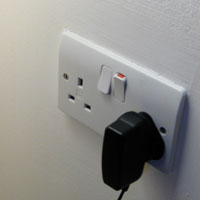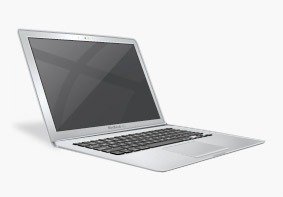
Fancy a Brew?
We all like a good cup of tea, don’t we? It’s a great British tradition after all. Recent government figures claim that about 229 million cups of tea are consumed in the UK every day. So, after a bit of basic maths, we can see that 9.5 million cups are made and enjoyed every hour of every day! That’s a lot of tea, and a lot of energy being used to make it. The most accurate estimations suggest that, on average, every kettle is filled with twice as much water than it needs and is boiled 90 seconds longer that necessary. So it seems we are all using more energy than we need to make our favourite break-time beverage.
I know a lot of you may think this seems a tad trivial – surely there’s bigger climate change fish to fry than this!? – but The Department of Environment, Food and Rural Affairs (DEFRA) reckon that if everyone used just the amount of water they needed every time they boiled the kettle “we could save enough electricity to run practically all the street lighting in the U.K.” When you look it at like that it doesn’t seem too trivial really, does it? Also, by only filling your kettle with the water you need you will see a sizeable reduction in household bills, as the Department of Environment, Transport and the Regions (DETR) say that overfilling kettles amounts to wasting enough electricity to light your house for a day.
So by just being a bit more environmentally conscious next time you make a brew you could help save the planet and save money at the same time!
Guest post written by Luke Glassford from Anicca Solutions.






